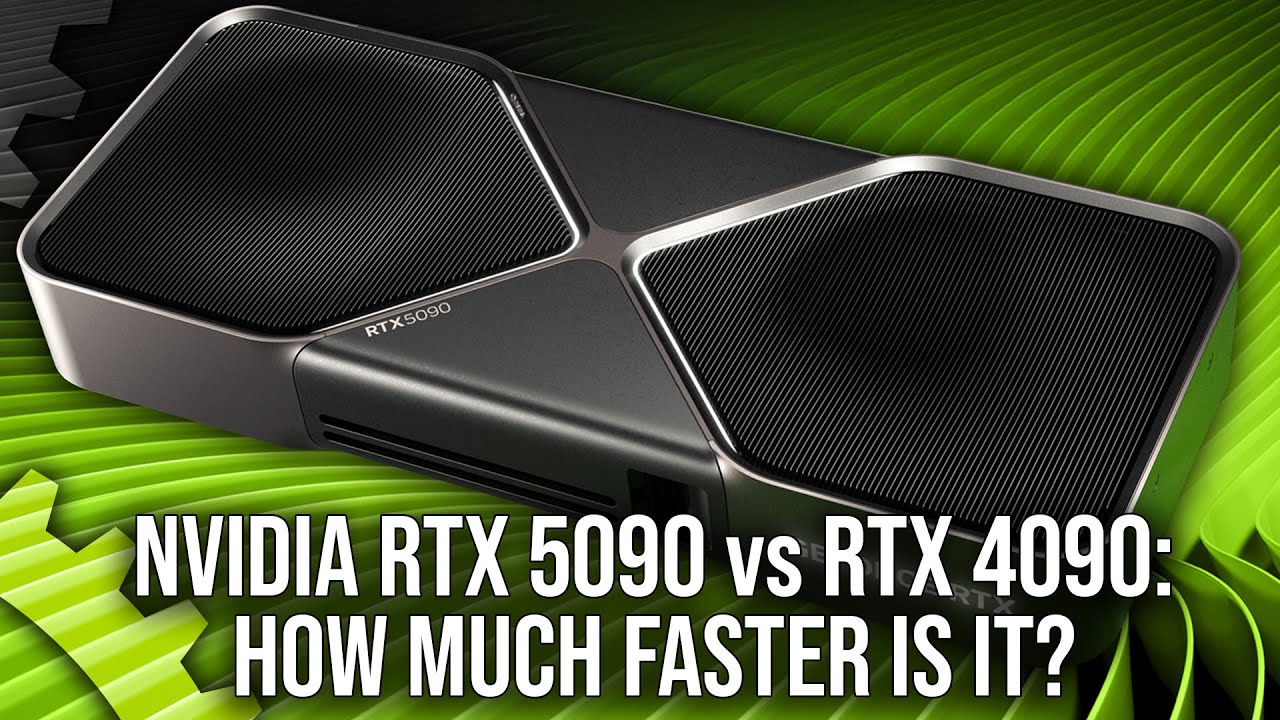The Nvidia GeForce RTX 5090 is the flagship GPU of the Blackwell range, offering a substantial 31% performance increase over its predecessor, the RTX 4090, while consuming up to 575 watts and featuring improved DLSS 4 technology for enhanced gaming experiences. Despite its impressive capabilities and performance advantages over competitors like AMD, the high price may not justify the investment for all gamers, depending on their individual needs and current hardware.
The Nvidia GeForce RTX 5090 is the flagship GPU from Nvidia’s new Blackwell range, featuring a significant increase in size and power consumption compared to its predecessor, the RTX 4090. Utilizing the same manufacturing process as the 40 series, the RTX 5090 boasts a massive 744 mm² die size and consumes up to 575 watts. Despite the hefty power requirements, the performance gains are notable, with an average increase of around 31% in various tests. This generational leap is considered substantial given the challenges of improving performance in the current semiconductor landscape.
Nvidia’s design for the RTX 5090 has been praised for its compactness and efficiency, managing to fit a powerful GPU into a two-slot chassis that can accommodate small form factor PCs. Alongside hardware improvements, Nvidia is emphasizing the capabilities of its new DLSS 4 technology, particularly its multiframe generation feature, which can significantly enhance frame rates in games. Demonstrations, such as those in Cyberpunk 2077, showcase impressive increases in performance, with frame rates boosted from 94.5 FPS to 286 FPS when utilizing DLSS 4.
The review highlights how the RTX 5090 outperforms AMD’s offerings, particularly in demanding workloads and ray tracing scenarios. Benchmarks indicate that the 5090 delivers a 77% performance uplift over the AMD 7900 XTX and shows remarkable increases against older Nvidia cards. While the RTX 5090 is the fastest GPU available, the review also notes that the price-to-performance ratio may not always justify the investment for every gamer, especially when considering the performance of lower-tier cards.
The video discusses the implications of DLSS 4 and its role in modern gaming, suggesting that machine learning technologies are becoming essential for maximizing performance. While frame generation can lead to higher frame rates, there are concerns about increased latency and potential artifacts. The reviewer emphasizes that the actual gaming experience may vary, and the effectiveness of DLSS 4 can differ across titles, indicating that it’s still a work in progress.
In conclusion, the RTX 5090 is positioned as a premium product for serious gamers, offering substantial performance improvements over previous generations. However, the decision to upgrade may depend on individual circumstances, including the current GPU ownership and market conditions. The review underscores the balance between raw hardware capabilities and software enhancements, with Nvidia leading the charge in integrating machine learning into gaming performance. As the landscape evolves, the RTX 5090 stands out as a powerful option for those willing to invest in top-tier gaming technology.
